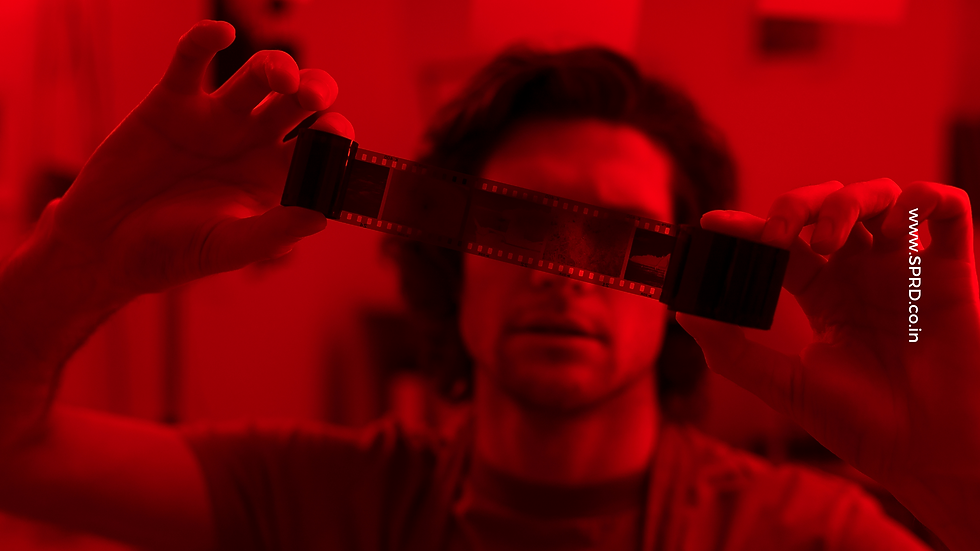2020 Is Experiencing Sensory Marketing Like Never Before: Are You Ready?
- SPRD

- Nov 10, 2020
- 3 min read
Updated: Nov 23, 2023
People remember 80% of what they see and do! Driving effective campaigns require having a strong sense of experiential or sensory marketing in order to bring a brand’s voice to life. So whether you are completely aware of or have barely even noticed yet, brands are constantly marketing their services and products through your five senses, namely – smell, touch, sight, sound and taste.
So is sensory marketing just a play on our biological sensations?
Essentially, yes. Each of our senses react completely differently from the other. Which is why, before tasting a morsel of food, we first devour it with our eyes and then get a few good whiffs of the aroma.
With 70% of all sensory receptors in our eyes, the sense of sight is often chosen when showcasing colours, images, text, graphics, videos and light in sensory marketing. Winning a customer’s attention especially in the food and beverage industry requires strategic marketing aimed primarily at the sense of sight, followed by taste.
Uncovering creative ways to appeal to the needs and wants of consumers is what sensory marketing is all about. Now, more than ever before, human beings are making decisions using a lot more than just their sense of sight. A brand needs to also cater to our sense of taste, touch, smell and sound in order to make a lasting impression.
Has sensory marketing always been around?
It actually has! In fact, in the mid-1800s, brands like Pears Soap purchased original artwork from artists and modified them to include a bar of Pears’ Soap. Their visual marketing tactic had both feelings and emotions attached to it, while also telling a story of the artwork using a bar of soap. Pears therefore wasn’t selling just soap, they were using visual imagery to help their consumers gain a better understanding of the brand as a whole.
It is clear that sensory marketing is far from a new concept. But the advent of technology and digital transformation has changed the way that brands are weaving sensory marketing strategies into their campaigns, and some even into their everyday communications.
The pandemic has forced brands to take a hard look at their marketing strategies, with some even having to revisit the drawing board and start from scratch. Brand accountability is at an all-time high, with consumers expecting a sense of responsibility and transparency from the brands they interact with. This s where sensory marketing comes in. To add to it, the digital context of marketing in the 21st century has made it necessary for brands to tailor their messages in a way that reaches today’s omnichannel consumer.
Using technology to connect with consumers, digitally
Stimulating the senses and generating an emotional response from consumers was never a walk in the park. This year has been exceptionally challenging for brands to connect with their target audiences, completely digitally.
According to research, brand impact improves by a whopping 30% when more than one sense is engaged! When it comes to replicating the offline sensory marketing experience on an online platform, brands need to use high-resolution images that show the exact colour and texture of a fabric so that consumers can get a 360 degree view of the product before making the decision to purchase it. For companies that deal with security, they can drive home the message of safety by helping consumers feel confident about the quality of alarm-systems through instructional videos that showcase the functionalities of a product. To add to it, Augmented Reality (AR) and Virtual Reality (VR) are taking the world by storm. The consumer experience is primarily technology-driven and sensory marketing plays a key role in enhancing a brand’s campaign strategy.
While you’re getting ready for a 3D shopping tour or virtually trying on sunglasses to match your face shape, brands are gearing up for the next big thing in sensory marketing – the digital revolution.
By appealing to the five senses and keeping consumers engaged, they are able to drive sales, create buzz and curate online experiences like never before.




Comments